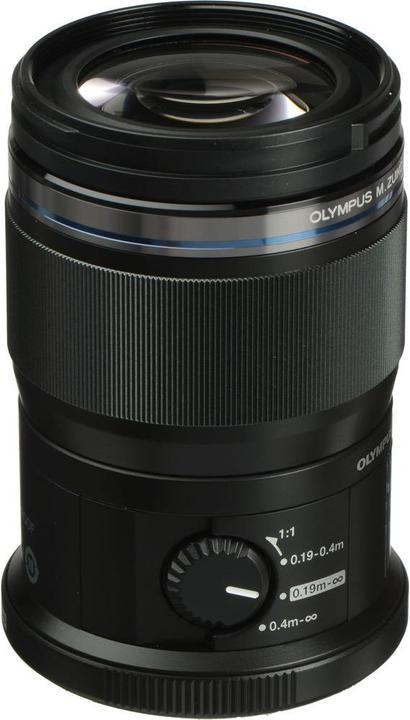

Dazed photography
When one photographer wishes another "good light", he is probably not thinking of fog. But sometimes it's worth travelling even in supposedly poor lighting conditions. Photographs with a special atmosphere can be taken in fog.
I used to think that fog was about the worst lighting situation for taking photos. Then I noticed how many people are obsessed with fog pictures and tried it out for myself. And came to the conclusion: Fog gives a lot more than I would have thought.
Of course, there is a difference between fog and high fog. Under the wintery blanket of high fog, the light conditions are actually uninteresting. The only advantage of high fog is that there are no harsh contrasts and no one is guaranteed to be dazzled in portraits. However, it is of course great to climb above the high fog and photograph the sea of fog:

Reasons for fog photos
Here I'm not talking about high fog, but about ground fog that creeps around us. It covers the land in the morning in autumn, dissipates after a few hours and makes way for the sun, and the main reason for sneaking around in the fog with your camera is of course the very special atmosphere that you capture. A man appearing in the distance - eerie. Fog around a castle - fairytale-like. Gloomy wafts of mist in the mountains - menacing.

Natural depth of field
A shallow depth of field is often desirable in photography because it makes the image composition clearer. Only the main subject is in focus, the rest is blurred. What you can only achieve under normal circumstances with large cameras and fast lenses (and recently with some top smartphones), the fog gives you for free. Of course, the effect is not quite the same, but the background is also blurred and only the subject in the foreground is clearly recognisable.

Where there is fog, there is dew
Fog brings a lot of morning dew, noticeable on spider webs, for example. When the sun is not (yet) shining, the camera can capture the drops much better. They look better to the human eye in sunlight, but the camera struggles with the extremely harsh contrasts created by the reflective sun.

There are also great pictures of insects with dew on them. For dew pictures, a macro lens is a great advantage, sometimes a must. We "accidentally" have a few dozen Marko lenses in our shop.
Backlit shots turn out better
As already mentioned, digital cameras can't cope well with harsh contrasts. That's why you usually get nothing but black silhouettes when you take photos against the light. In fog, the light is dimmed, so backlit shots are better.

Some tips
Expose correctly
Automatic exposure often produces images that are too dark in fog. I took this picture without exposure compensation:

After that, I immediately increased the automatic exposure to +1.0 EV. The result was then much more suitable:

However, it is dangerous to generally be travelling at +1.0 EV. Because if the camera suddenly assesses the lighting conditions correctly (which can happen at any time), you will end up with an overexposed image. Therefore, briefly check the histogram after each photo.

Get more out of it with post-processing
Fog images can be altered quite impressively. In Photoshop Lightroom, there is the "Clarity" slider, which plays a key role here. In Photoshop or Photoshop Elements, you get this slider when you open an image as "Camera Raw". This also works for photos that were not taken in RAW format. This example shows how to edit a JPG image with Camera Raw (Photoshop):




Fog clouds - when the fog lifts
The most interesting moods are created when the fog lifts and individual wisps of mist become recognisable. It's worth waiting for this
.

Fog clouds often appear first and disappear last along the banks of rivers and lakes. Of course, you need to be familiar with the local conditions so that you can estimate when and where the fog will dissipate. Otherwise, you may freeze for hours in the grey soup. Sometimes, however, the fog clears so quickly that you have to be in exactly the right place beforehand.
This happened to me recently: I realised that the fog was about to lift and cycled another 500 metres or so to get a better perspective of the lake. By the time I arrived at the desired spot, it was all over, just sunshine. But well: nothing against sunshine in golden autumn. It just doesn't fit the topic of this article.

My interest in IT and writing landed me in tech journalism early on (2000). I want to know how we can use technology without being used. Outside of the office, I’m a keen musician who makes up for lacking talent with excessive enthusiasm.

